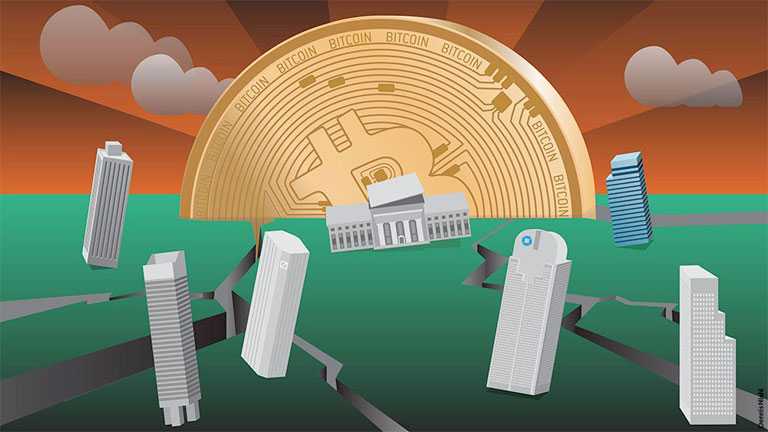
Back in the 2000s, people believed in those movies who depicted that every person will travel with his own spacecraft in the shape of UFOs by 2020s, and will travel long distances in the sky instead of taking the road. Well, that showed we had farsightedness about the technological development, without an actual insight of the near possibility of that imagination given by Hollywood. But, nonetheless, we had technological improvements ( no we all still don’t own an independent spacecraft for ourselves), we had a fast-paced development in mobile and computer technology which made the life of a common person easier than before. It also brought some of the qualms with it though. First of all, everyone had a cell phone and knowledge of the latest development but what he or she didn’t have was time. Secondly, they had money but they didn’t know how to secure that money.
With the high number of cases of fraudulent money transactions, money laundering, and illegal asset transfer, there was a great demand of a secure and dependable method for any kind of investments and transactions in the market. The year 2009, showed a remarkable development of cryptocurrencies, where the money could be digitally transacted in accordance with the exchange, creation of additional units and verification of all those transactions. Cryptocurrencies were a decentralized technology which used blockchain as a public financial transaction database or a ledger.
Now, unlike traditional payment methods, where you have to wait in long queues, long processing time, trying to understand the complexities of how to send and receive money anywhere in any part of the world, with various tax included with every transaction made and sometimes unfair cuts made in the transacted money; you feel there has to be a way out of all these haywire situations. So Bitcoin, in 2009, the first decentralized cryptocurrency changed the face of the cash transaction system and brought a new system called a ‘peer-to-peer electronic cash system’. It was a method which avoided extra spending and kept all your fund details in its record. With all these lavishing features and uncomplexed attributes, cryptocurrencies have still not established its ground with the common people around the globe.
Now, coming back to the question of can the cryptocurrencies and blockchain replace the traditional payment methods? For the needful change of replacing the traditional system with cryptocurrencies, we need to first take certain measures of awareness. Since people are still unaware of what is a cryptocurrency we can’t expect them to even try and use it for their day-to-day financial transactions. Secondly, after awareness, we need to get people educated about the cryptocurrency technique so that they can trust it with their economic profits. Thirdly, they should know the need of using cryptocurrencies, i.e. one needs to show the people where they are at a financial loss in terms of using the traditional system. All these points accord to a bigger change and broader possibility of using cryptocurrencies in near future instead of the traditional system.
We can sum up and say that there won’t be a sudden change but we can think of a near progressive change in about 15-20 years or so if the above steps have been taken. On a wittier stance, for a drastic change, nations would have to demonetize like India, that created an unexpected demand for digital transactions that generated quite a stir among the people. On a serious note, if one has to reach common people to awaken about the cryptocurrencies and blockchain methods then there must be a strong threshold to promote it among them.
If you want to know more about crypto information click – best bitcoin mining hardware | bitcoin price prediction 2025



Comments (No)